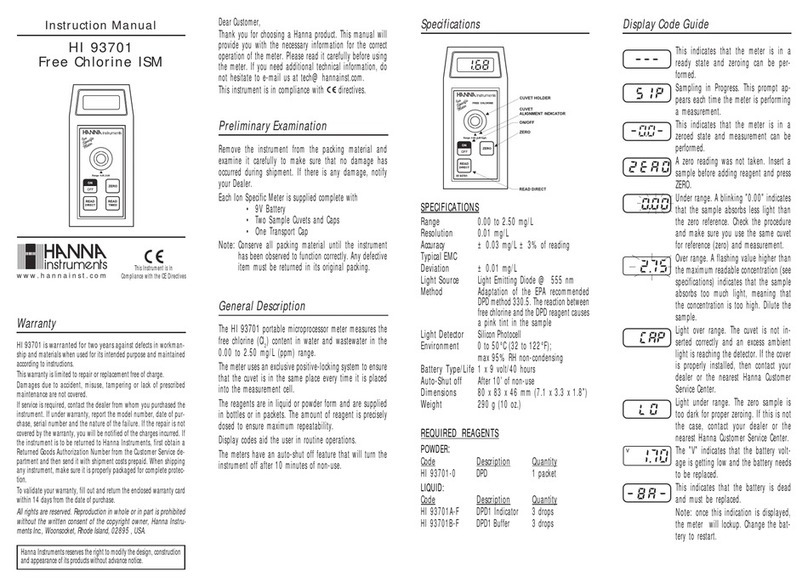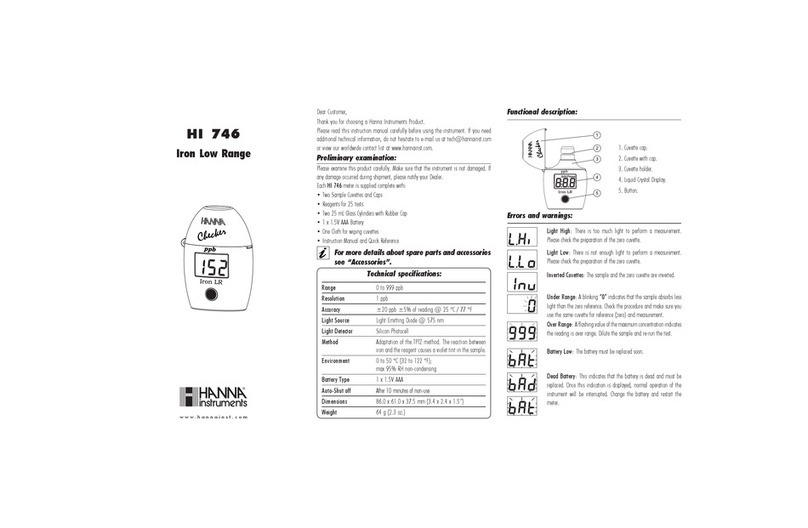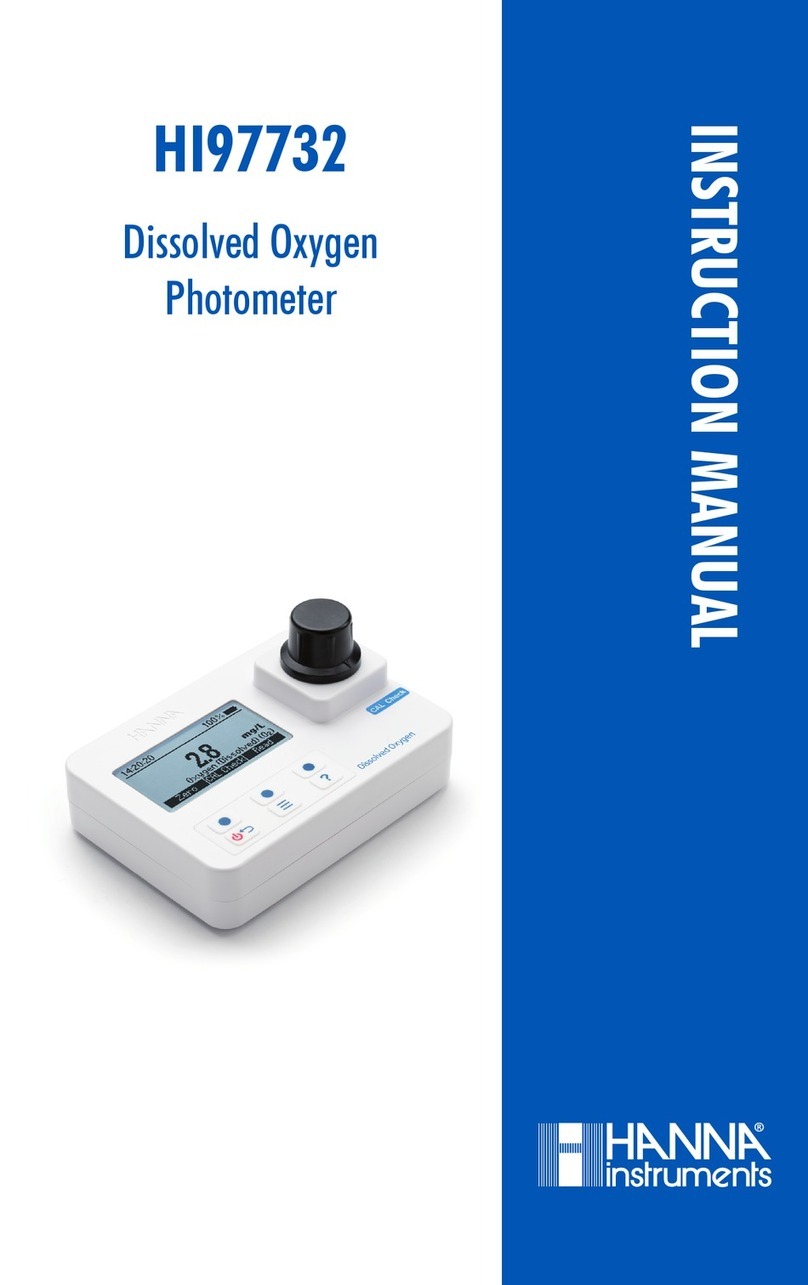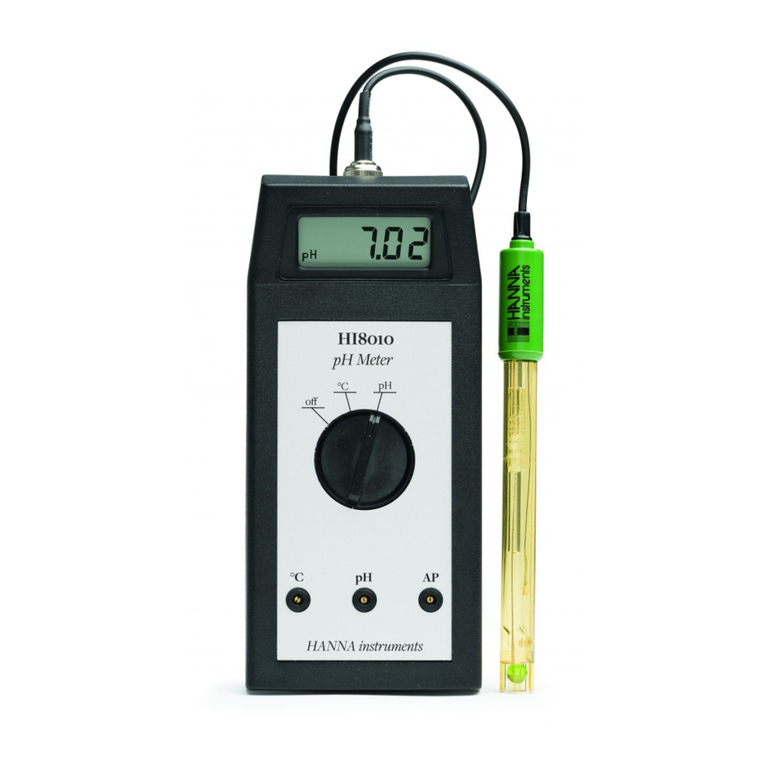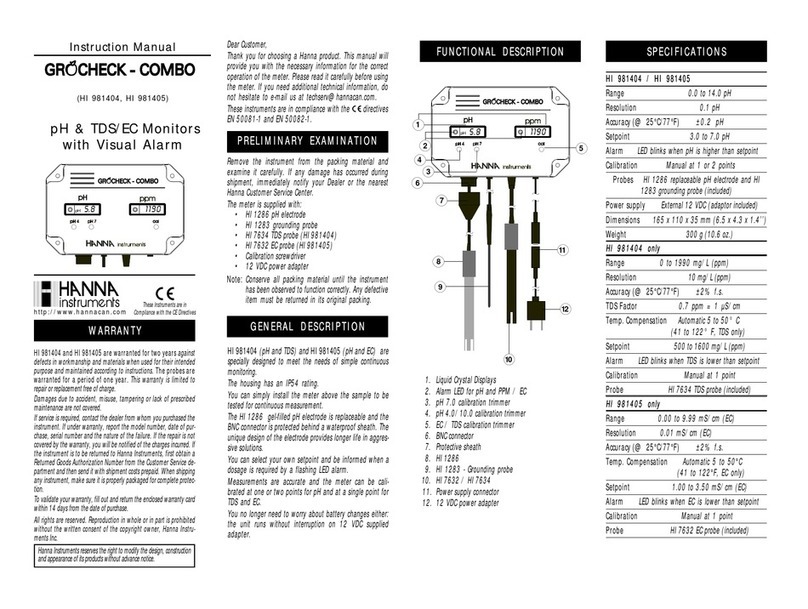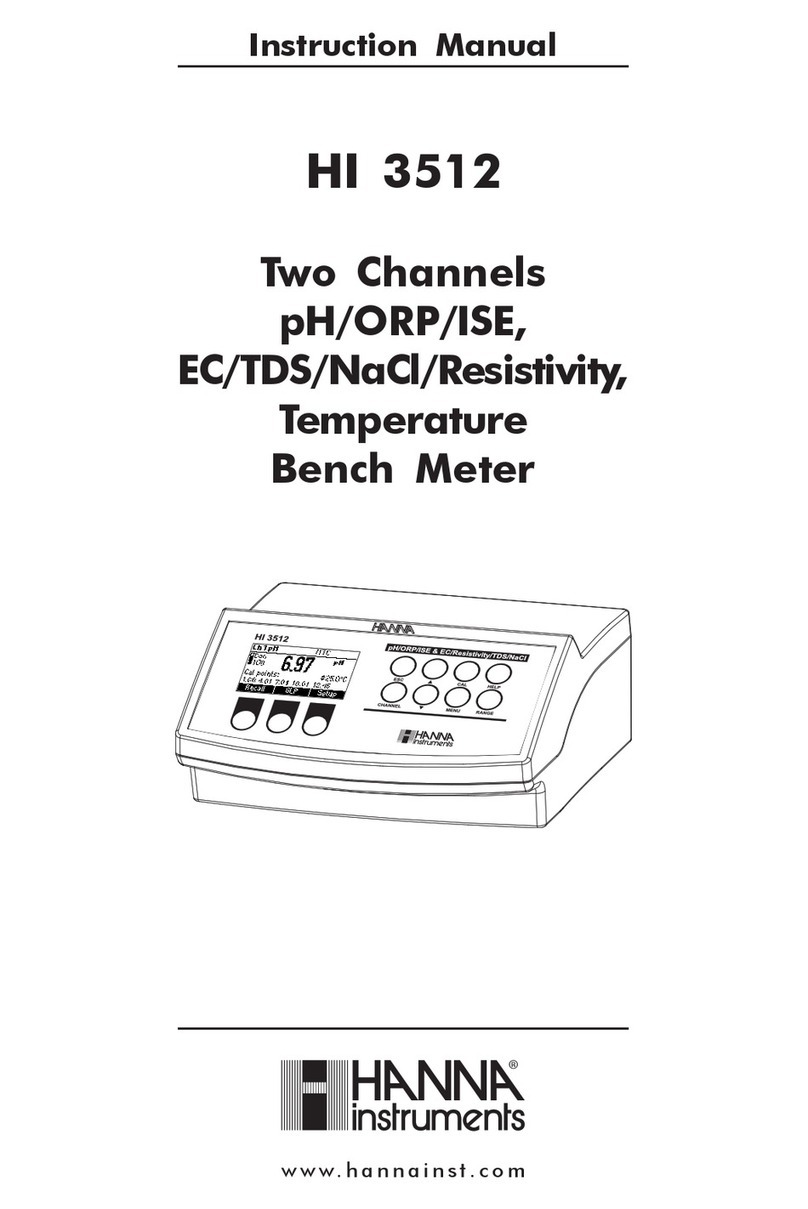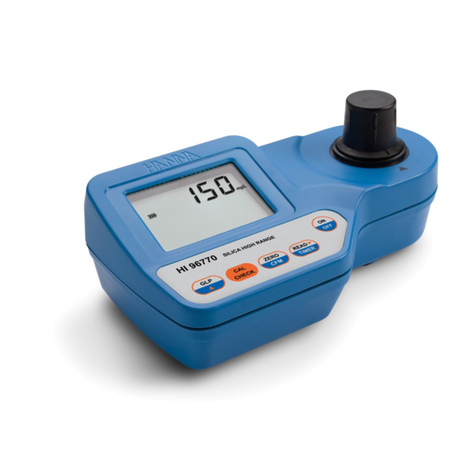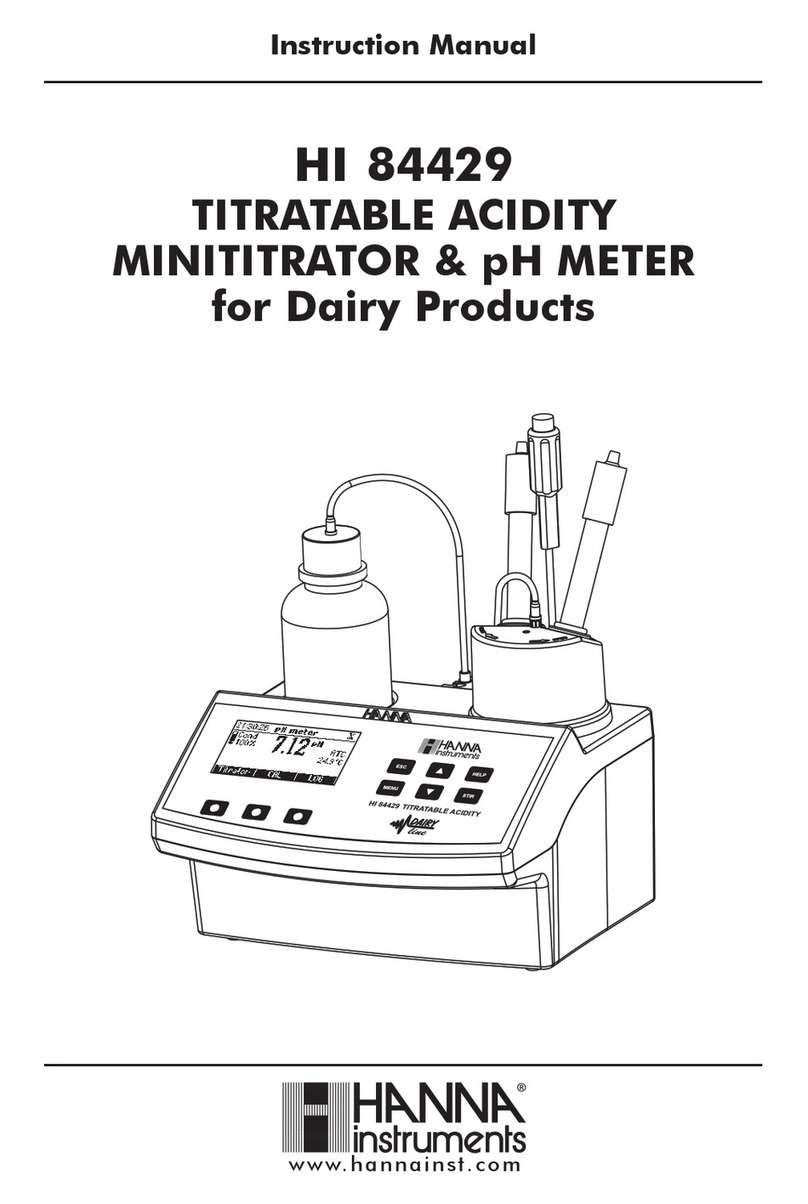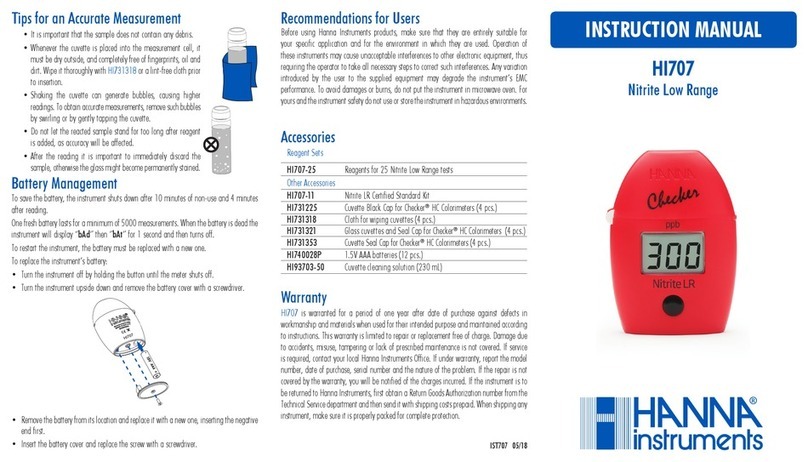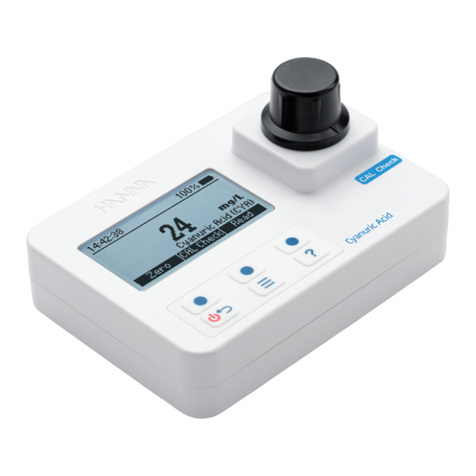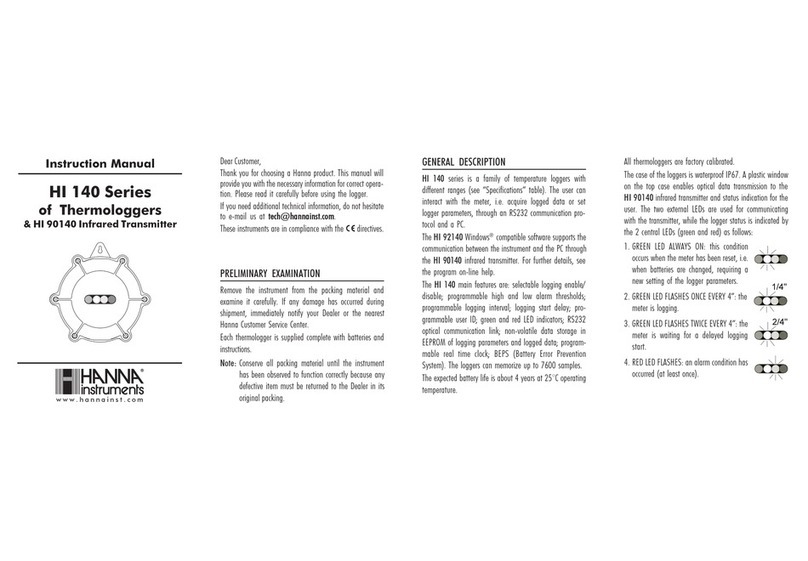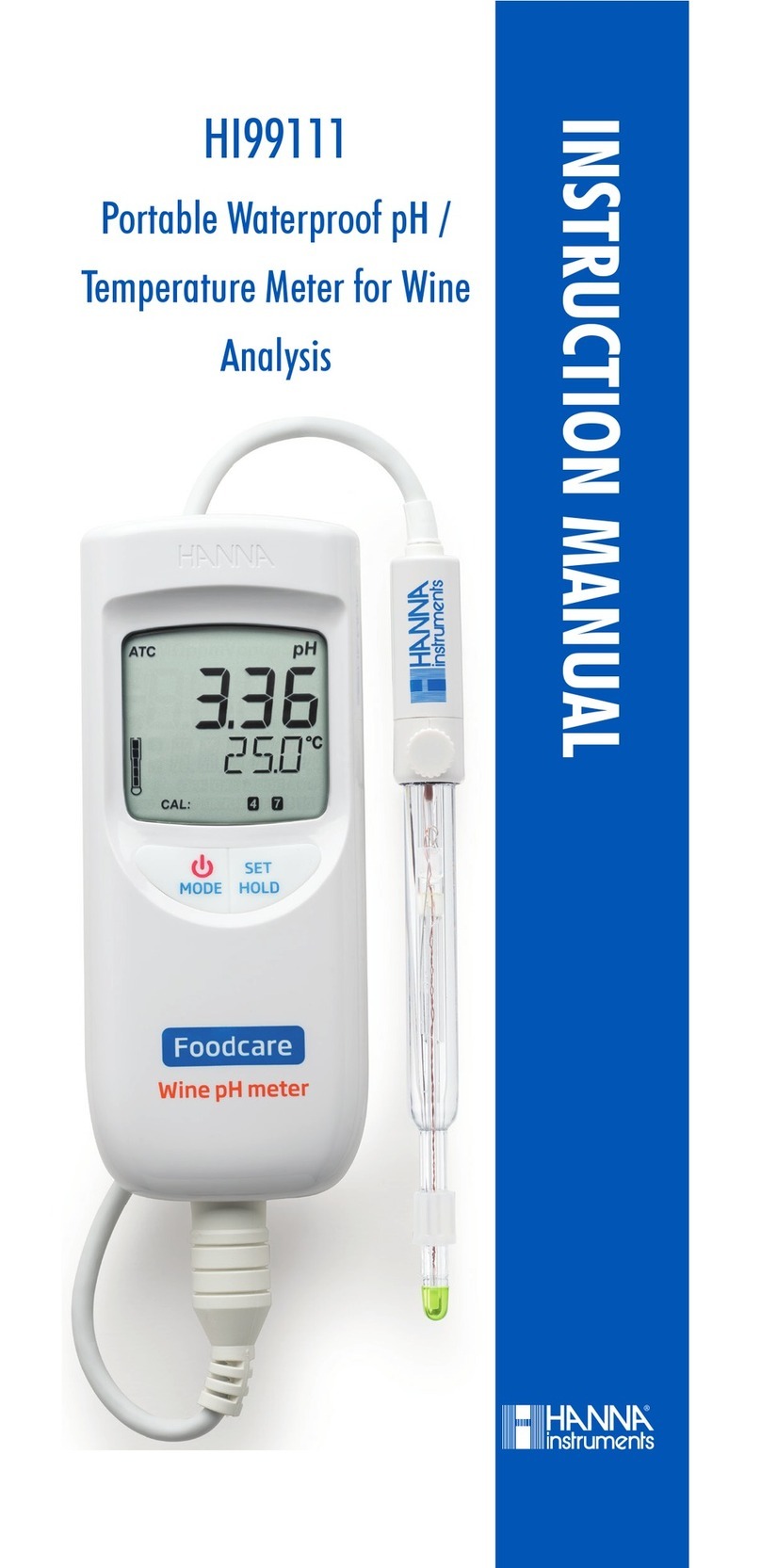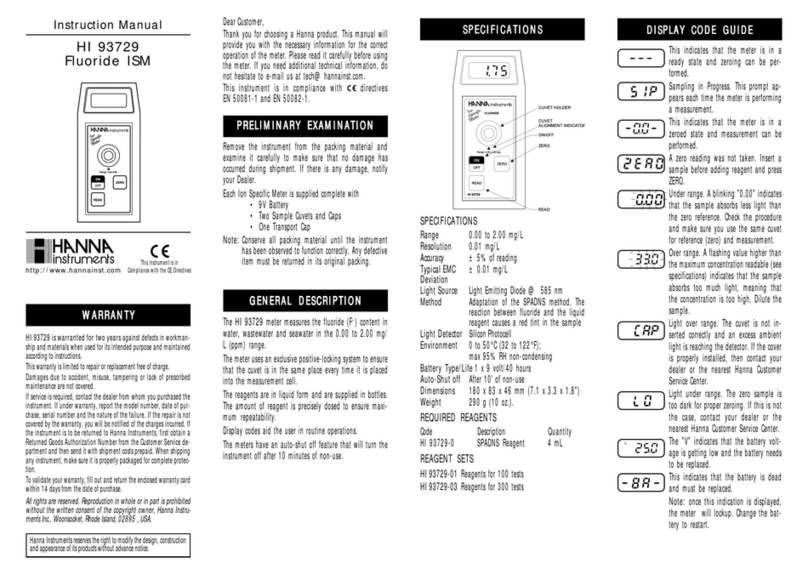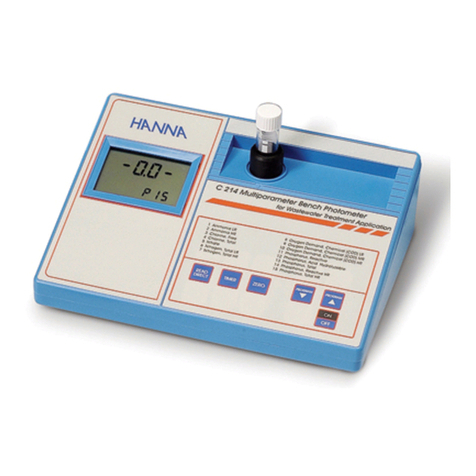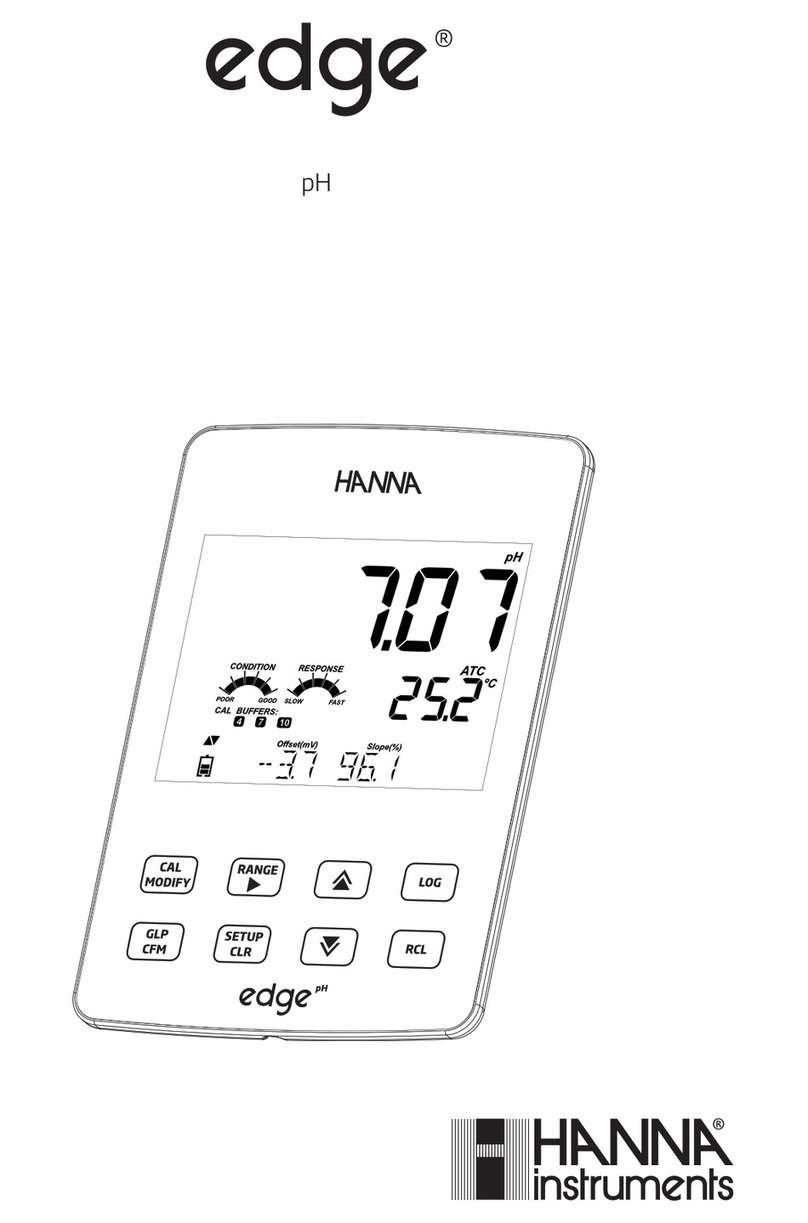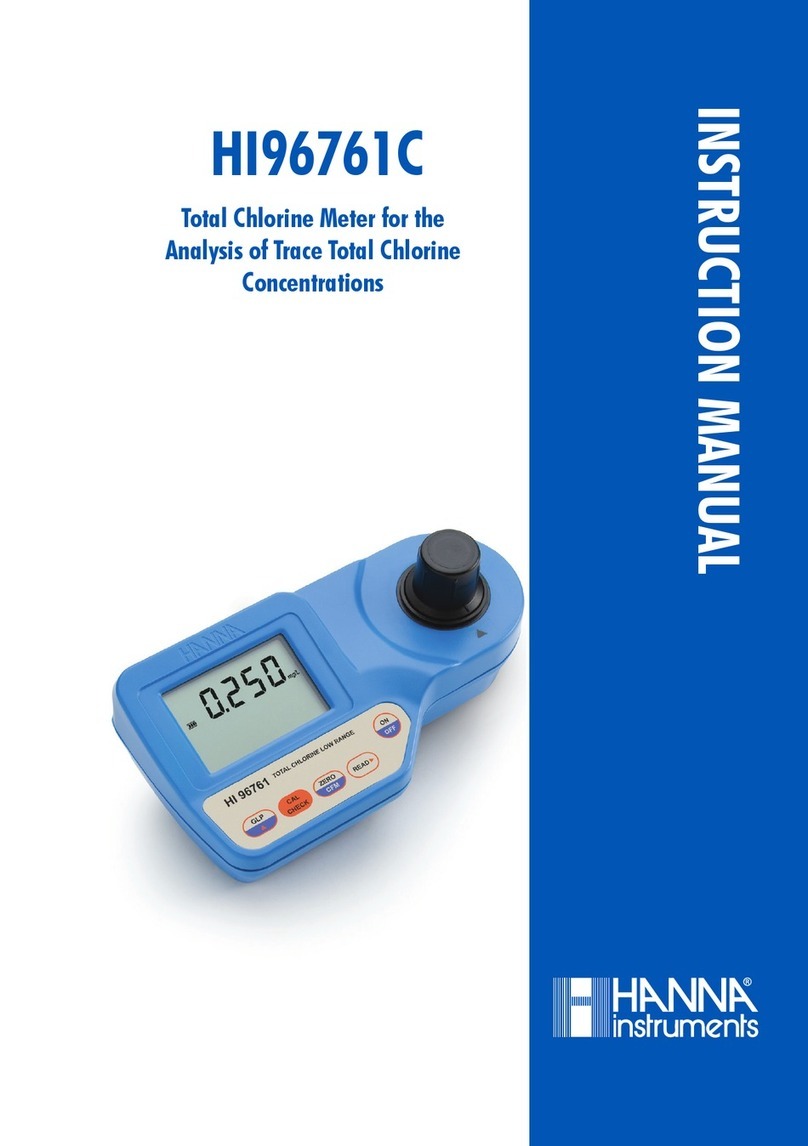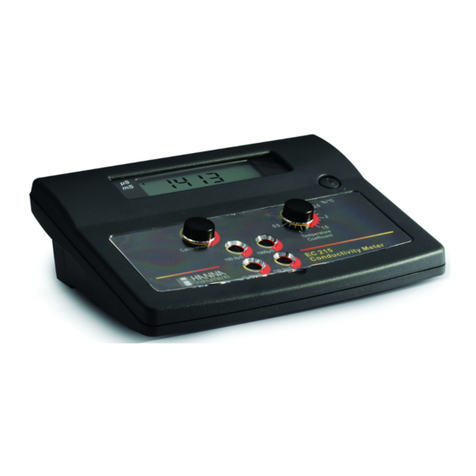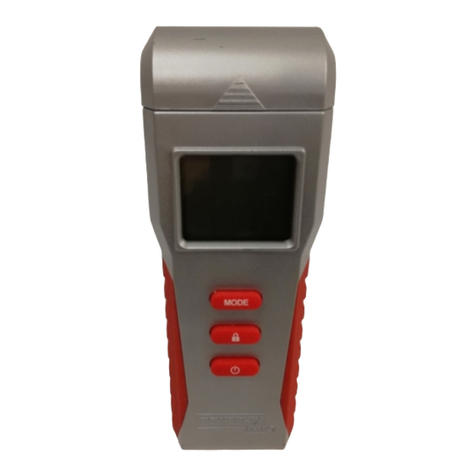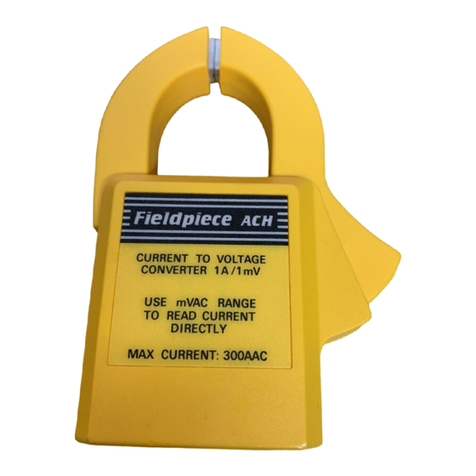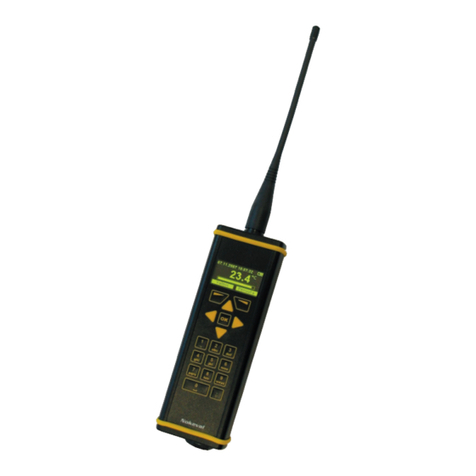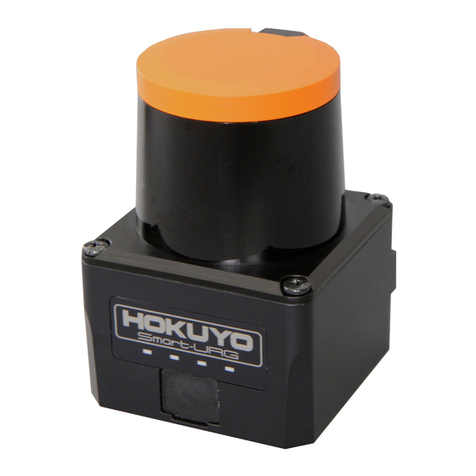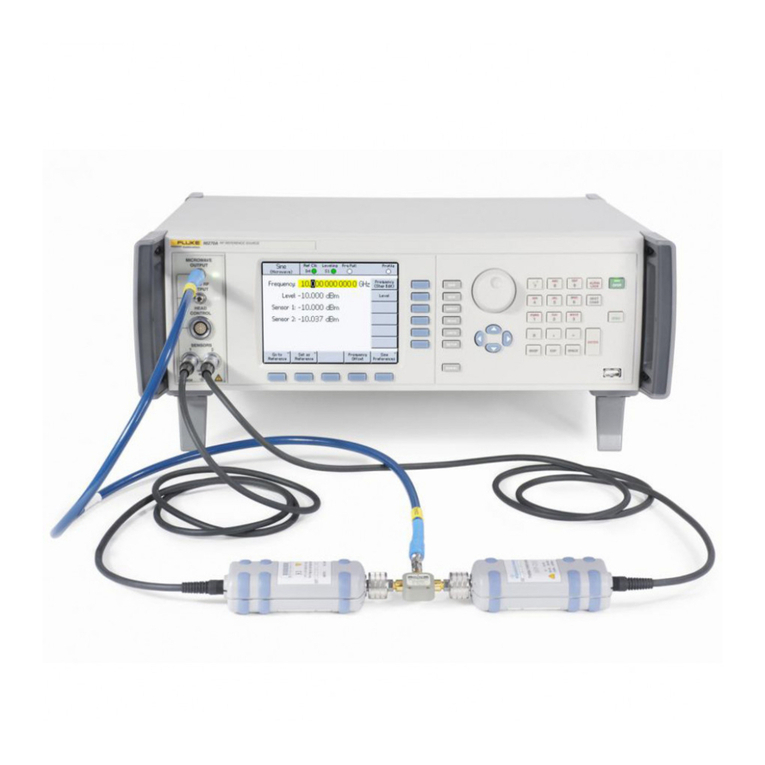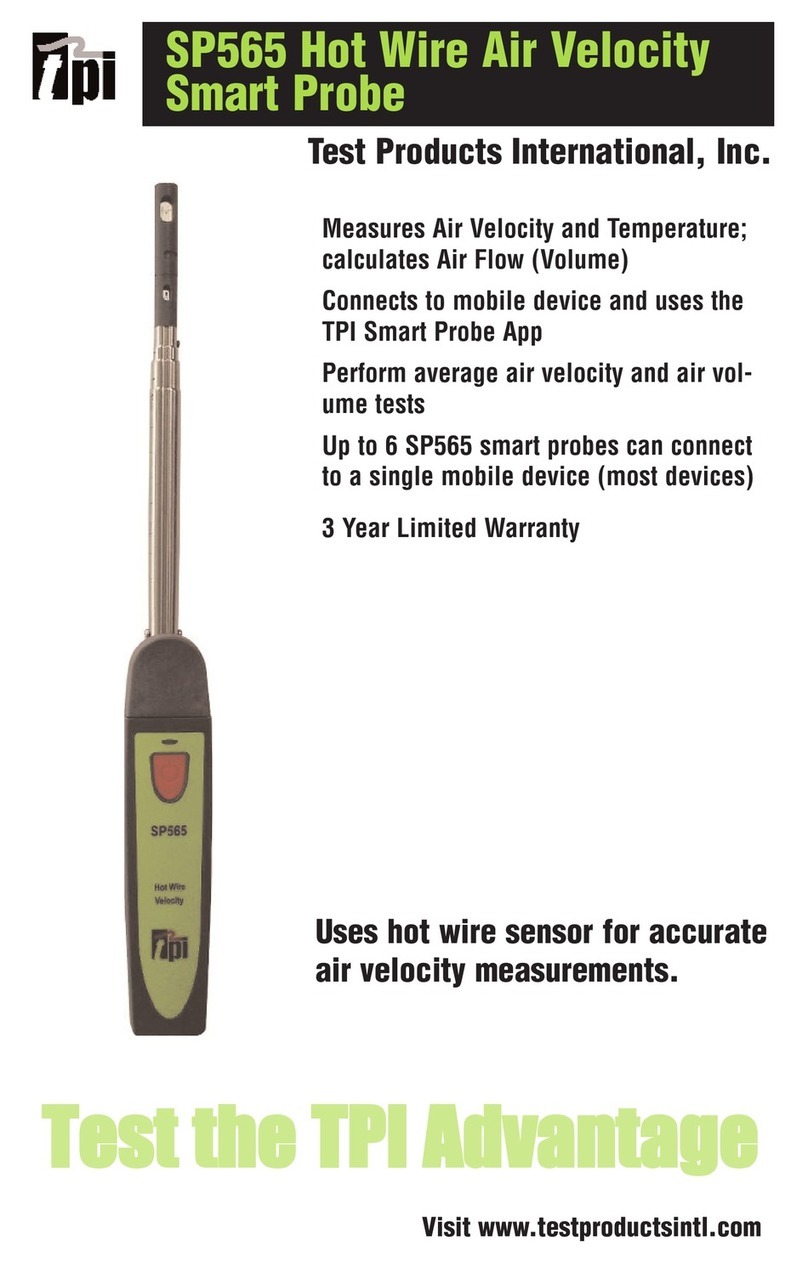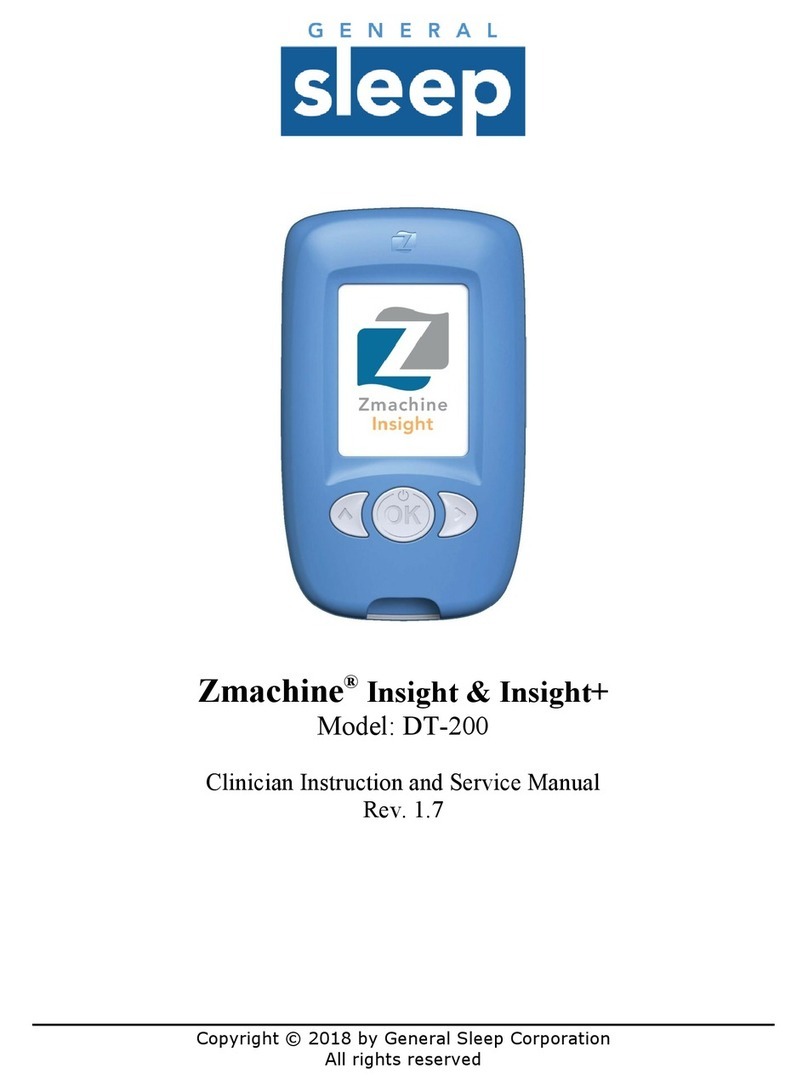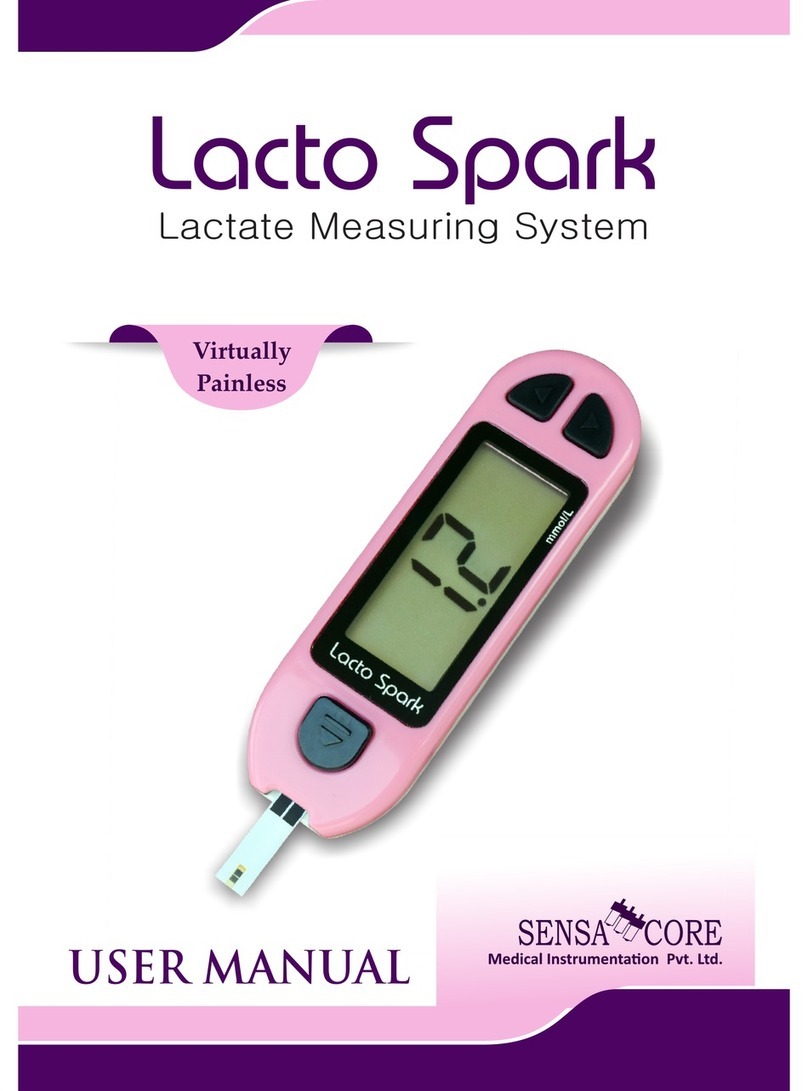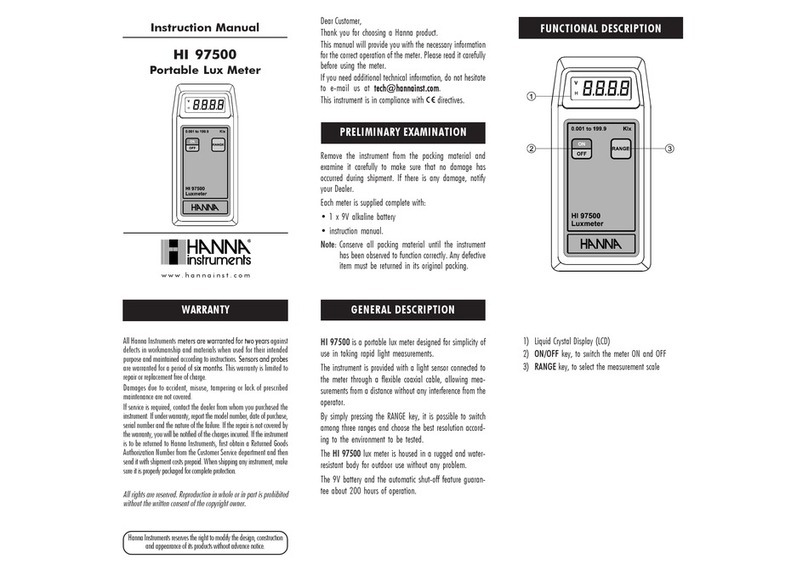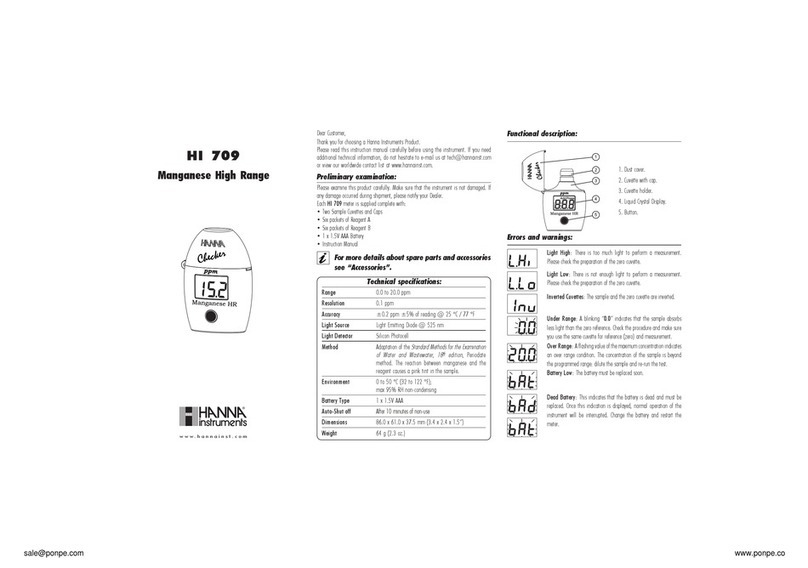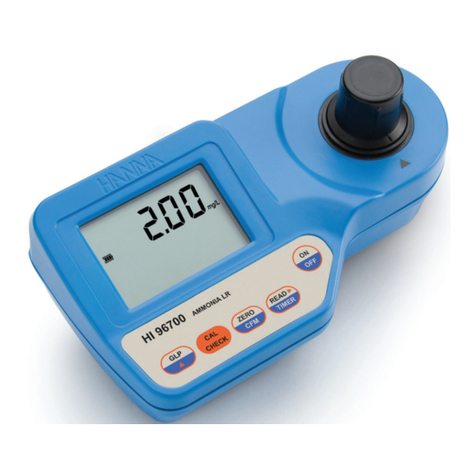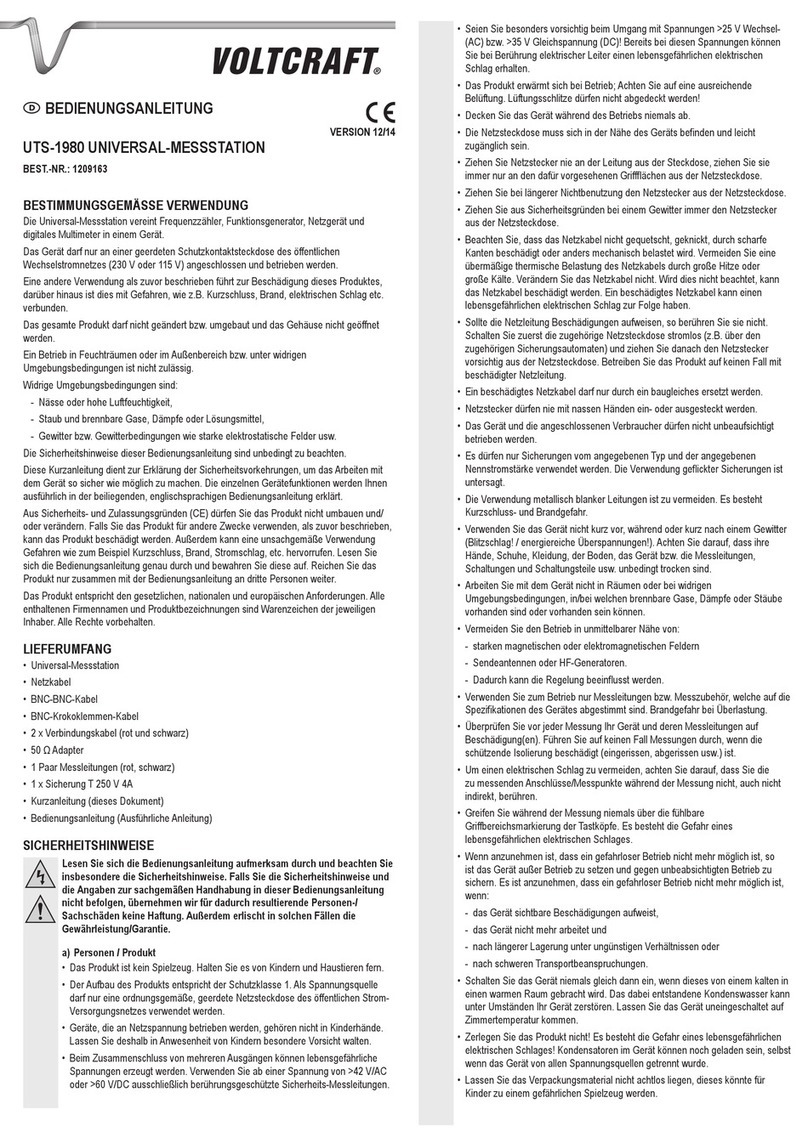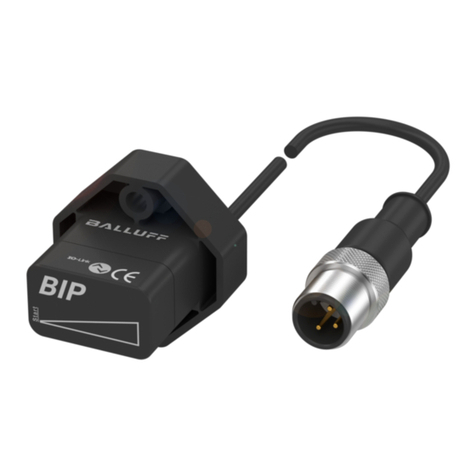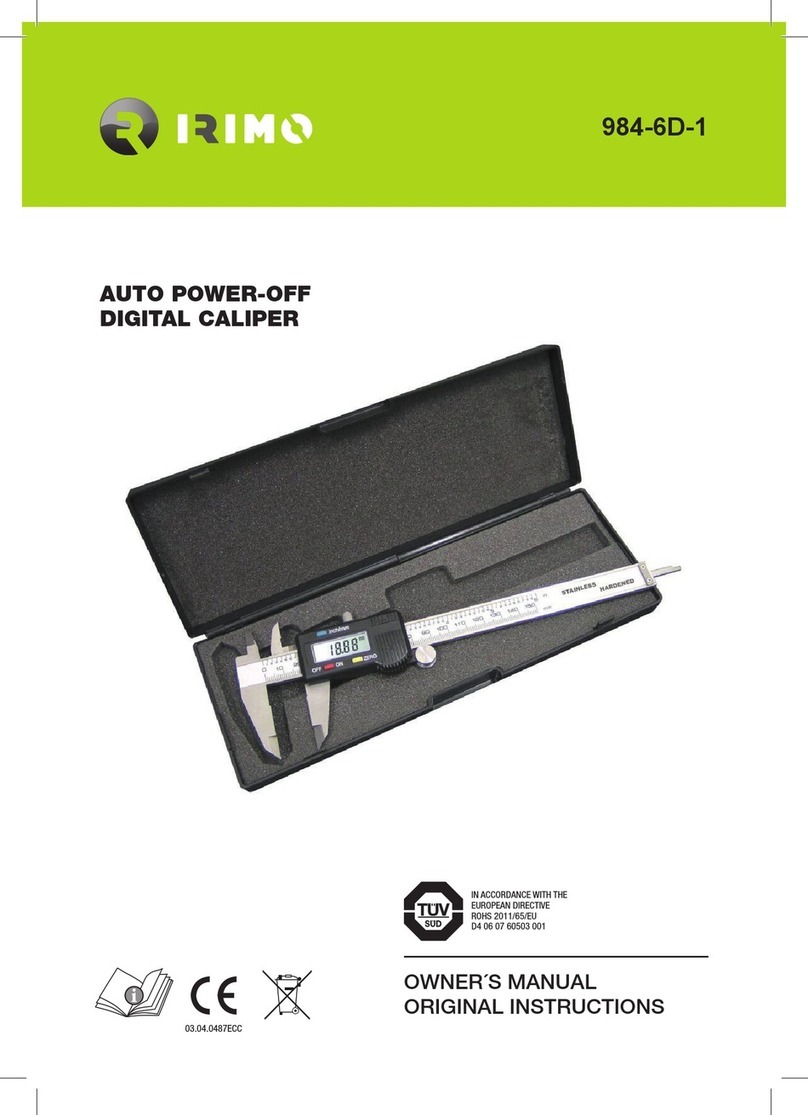
2
TABLE OF CONTENTS
WARRANTY ................................................................................................................... 2
PRELIMINARY EXAMINATION ........................................................................................... 3
GENERAL DESCRIPTION.................................................................................................... 3
FUNCTIONAL DESCRIPTION ............................................................................................. 4
HI 221 SPECIFICATIONS .................................................................................................. 5
HI 223 SPECIFICATIONS ................................................................................................... 6
OPERATIONAL GUIDE ....................................................................................................... 7
pH CALIBRATION ................................................................................................................
ENHANCED CALIBRATION MESSAGES ....................................................................12
ELECTRODE CONDITION AND RESPONSE TIME ............................................................14
GOOD LABORATORY PRACTICE (GLP) .........................................................................15
LOGGING .........................................................................................................................18
SETUP ............................................................................................................................ 22
TEMPERATURE CALIBRATION (FOR TECHNICAL PERSONNEL ONLY) .............................. 25
mV CALIBRATION (FOR TECHNICAL PERSONNEL ONLY) .................................................. 27
PC INTERFACE ............................................................................................................... 28
pH VALUES AT DIFFERENT TEMPERATURES .................................................................... 30
ELECTRODE CONDITIONING & MAINTENANCE .............................................................. 31
TROUBLESHOOTING GUIDE .......................................................................................... 33
TEMPERATURE CORRELATION FOR pH SENSITIVE GLASS ............................................34
ACCESSORIES ................................................................................................................ 36
RECOMMENDATIONS FOR USERS ..................................................................................... 3
WARRANTY
HI 221 and HI 223 are guaranteed for two years against defects in workman-
ship and materials when used for their intended purpose and maintained
according to instructions. The electrodes and the probes are guaranteed for a
period of six months. This warranty is limited to repair or replacement free of
charge.
Damage due to accidents, misuse, tampering or lack of prescribed mainte-
nance are not covered.
If service is required, contact the dealer from whom you purchased the
instrument. If under warranty, report the model number, date of purchase,
serial number and the nature of the problem. If the repair is not covered by
the warranty, you will be notified of the charges incurred. If the instrument is
to be returned to Hanna Instruments, first obtain a Returned Goods Authori-
zation number from the Technical Service department and then send it with
shipping costs prepaid. When shipping any instrument, make sure it is
properly packaged for complete protection.
Dear Customer,
Thank you for choosing a Hanna Instruments product.
Please read this instruction manual carefully before using the instrument.
This manual will provide you with the necessary information for correct use of
the instrument, as well as a precise idea of its versatility.
If you need additional technical information, do not hesitate to e-mail us at
These instruments are in compliance with directives.
